WHAT IS ACUPUNCTURE?
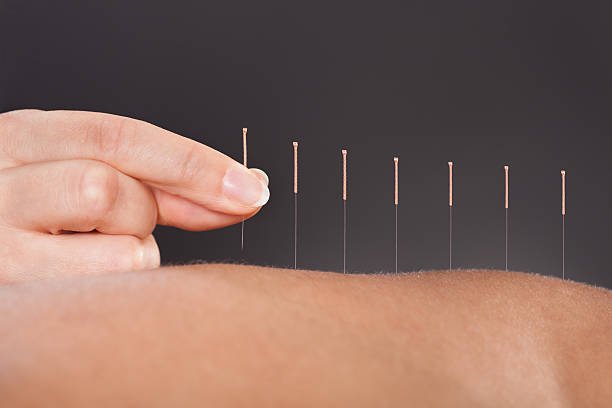
DOES ACUPUNCTURE REALLY WORK?
Humanity has always been in search of a life of vitality. Several means have been developed over the ages to attain and sustain a healthy life with some of these means tilting a little away from the fundamental principles of contemporary medicine into holistic health. Holistic health caters to the bodily, mental, and spiritual of the individual. ¹
“THE BEST DOCTOR IS THE ONE INSIDE OF YOU. ACUPUNCTURE HELPS YOU HEAL YOURSELF.”
Acupuncture which originated from Traditional Chinese Medicine (TCM) is considered to be a holistic form of medicine because it incorporates cure and care in its practice; engaging the individual in his own healing progress.
The practice of Acupuncture involves the use of thin metallic needles to penetrate the skin after which the needles would be moved gently into the body through the skin to activate the needle.² This activation can either be done by the acupuncture practitioner’s hand movement or electrical assistance.
The practice of acupuncture varies between countries in principles and techniques which depend considerably on the country where it is being practiced.³ However, they can be grouped into two groups based on fundamental principles of applications and practices. A group is called the ‘eight principle TCM’ which is widely used in modern times and the other group is referred to as ‘the five phases of the West’. The principles of the second group can be traced to the teachings of Wuxing who practiced Taoism in ancient times.⁴
Some acupuncture practitioners claim that it can be used in the treatment of several health conditions. However, it is largely used in the alleviation of pain.⁵ In modern practice, acupuncture is only used in combination with other treatment methods.⁶
The History of acupuncture
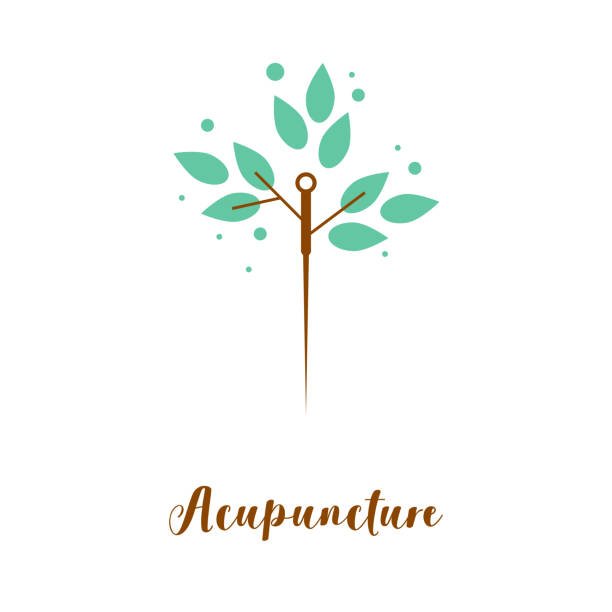
Many historians believe that the origin of acupuncture can be traced to China although there are traces of discoveries that cast a shadow on China’s berthing right as the place where acupuncture was first practiced.⁷ Also, one of the earliest documented texts for the practice of acupuncture which was written about 100BC was found in China. It is called the “Inner Classic of Huang Di” and it is a detailed and organized method of diagnosing and treating health problems using acupuncture.
Corroborating this interesting evidence is the excavation of Liu Sheng’s grave who was buried around 100 BC in China. In his grave were gold and silver needles and to date remains the oldest archeological artifact that reflects the practice of acupuncture although we are not certain if the needles were actually used for acupuncture.⁸
However, pieces of evidence such as Ötzi the Iceman may stand to disprove the opinion that acupuncture started in China. The mummified body was discovered to have about 15 clusters of tattoos at several acupuncture points of his body, especially on those points where treatments for lower back pains and abdominal pains were linked with. The 5,000-year-old evidence may suggest that acupuncture had been a mode of treatment in Eurasia right from the Bronze Age.⁹
Several other pieces of evidence inform variations on the topic of acupuncture’s origin. However, most experts believe that acupuncture started in China owing to ancient writings with the detailed practice of the art.
The conceptual basis for practice

Every form of medical practice relies on some theories and sometimes tradition also. Acupuncture is not left out of as its place as a practice in Traditional Chinese Medicine reflects in most of its theories. For instance, the belief that sickness and healing may be due to the flow of Qi (energy that flows through the body from main organs to superficial organs along the meridians such as skin, muscles, joints, etc). In most cases but not always, acupuncture points where needles are inserted can be found on the lines of meridian across the body. Acupuncture points that are not found on these lines are rather termed “extraordinary points”.
In the practice of acupuncture, the presence of disease is believed to be a result of disharmony in energies running through the body and how it affects the body and the environment. These energies are often called záng-fu, xuě, yin, yang, meridians, etc.
What approach is given in treatment depends on the nature of disharmony identified by the practitioner. For instance, some types of diseases are said to be due to the invasion of the meridians with too much cold or dampness.¹⁰ During diagnosis, pulse points, the sound of the patient’s voice, the tongue’s shape and color, or the breathing quality are observed.
In modern times, acupuncture caregivers have abandoned the concepts of qi, yin, yang, and other non-scientific energy forms and have given more attention to the use of acupuncture in the treatment of pain.
The science of acupuncture
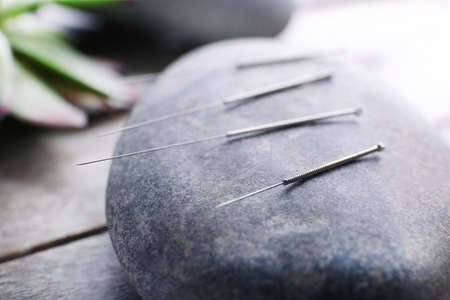
During acupuncture, it is usual to find a patient lying still on a flat surface while needles are inserted into their bodies and left for about ten to twenty minutes. The needles could be up to twenty depending on the case treated.¹¹ In some cases, it is practiced in combination with pressure, heat, or laser light. A practitioner employs his discretion and guiding philosophy rather than scientific principles.¹²

During treatment, the skin is first sterilized then needles are inserted at the designated points, usually with a plastic guide tube. The needles can be inserted into the skin by flicking, spinning, or an up and down movement. It is usually advised that speedy insertion of needles be practiced due to the pain felt at the top layers of the skin. Although the acupuncturist’s skill determines how much pain is experienced during needle insertion.¹³
During de-qi, that is the point where the inserted needles cause a sensation of electrical tingling or numbness. The acupuncturist then manipulates the needles which are claimed to have effects on farther areas of the body which is said to be connected to that acupuncture point.
Are there any arguments for acupuncture use?

Studies conducted by the National Institutes of Health (NIH) have proven that either as a combination with conventional healing methods or on its own, acupuncture can be used to treat nausea caused by cancer chemotherapy surgical anesthesia, dental pain caused by the aftermath of surgery, fibromyalgia, myofascial pain, menstrual cramps, low back pain, asthma, headaches, addiction, carpal tunnel syndrome among others. It is also proven that cases such as digestive problems, eye-ear-throat problems, musculoskeletal and respiratory problems may respond to acupuncture treatment.
What are the arguments against acupuncture?
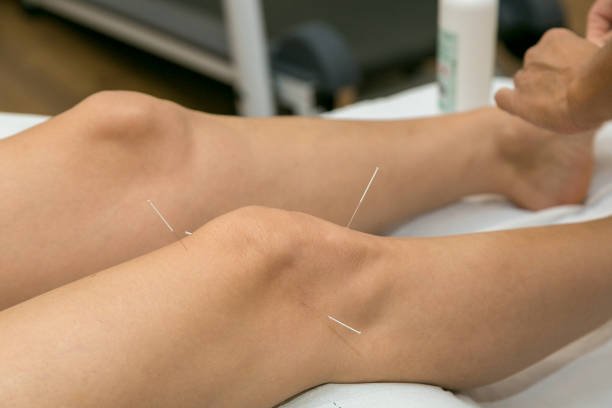
The major argument against acupuncture is due to its relative distance from conventional science as its fundamental principles are not scientifically proven. Histological or physiological evidence for the existence of meridians, yin, yang, and other common concepts used in acupuncture at this time are still wanting. According to Barrett, it should be regarded as a quack approach to medicine.¹⁴ Also, the inconsistent trend in the conclusion of trials and systematic review tilts towards the suggestion that acupuncture may not be as effective for a wide range of health problems.¹⁵
Final thoughts
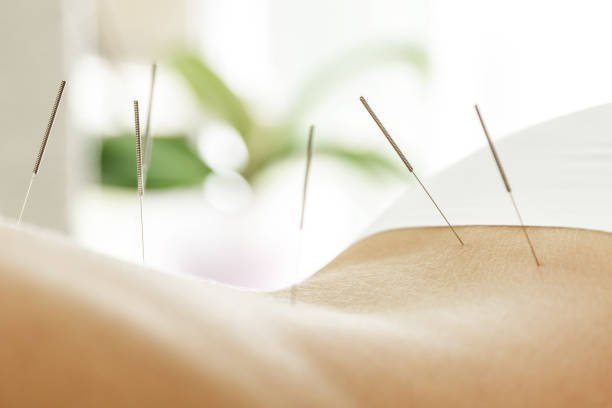
Although there are several scientific rules which disprove to a large extent the principles of acupuncture, recoveries, and positive testimonies from people treated using acupuncture still abound. Conventional medicine may not agree with the concepts of acupuncture anytime soon but the latter beats the former with regards to holistic medicine because the acupuncture healing method involves the patient in the healing process, combining care with cure.
Every person wishes to live a life filled with sufficient health to enjoy all the good sides of living. In my book, Lead A Horse To Water you will discover how to get such a holistic life of complete wellness. Follow us at Holistic Live Younger to catch up on ways to keep living your best life.
Bibliography
- Sakr, N. (2021). “Lead A Horse To Water.”
- “Acupuncture”. Johns Hopkins Medicine. Health. URL: https://www.hopkinsmedicine.org/health/wellness-an-prevention/acupuncture
- de las Penas CF, Arendt-Nielsen L, Gerwin RD (2010). “Tension-type and cervicogenic headache: pathophysiology, diagnosis, and management.” Jones & Bartett Learning. pp. 251 – 54. ISBN 978-0763752835.
- Ernst, E (2006). “Acupuncture – a criticical analysis”. Journal of Internal Medicine. 259 (2): 125 – 37. doi: 10.1111/j.1365 – 2796.2005.01584.x. PMID 16420542. S2CID 22052509.
- Ernst E, Lee MS, Choi TY (2011). “Acupuncture: does it alleviate pain and are there serious risks? A review of reviews”.(PDF). Pain. 152 (4): 755 – 64. doi:10.1016/j.pain.2010.11.004. PMID 21440191. S2CID 20205666.
- Hutchinson AJ, Ball S, Andrews JC, Jones GG (2012). “The effectiveness of acupuncture in treating chronic non-specific low back pain: a systematic review of the literature”. Journal of Orthopaedic Surgery and Research. 7 (1): 36. doi:10.1186/1749-799X-7-36. PMC 3563482. PMID 23111099.
- White A, Ernst E (2004). “A brief history of acupuncture”. Rheumatology. 43 (5): 662 – 63. doi:10.1093/rheumatology/keg005. PMID 15103027.
- Ramey D, Buell D (2004). “A true history of acupuncture”. Focus on Alternative and Complementary Therapies. 9 (4): 269 – 73. doi:10.1211/fact.2004.00244.
- Dorfer L, Moser M, Bahr F, Spindler K, Egarter-Vigl E, Giullén S, Dohr G, Kenner T, (1999). “A medical report from the Stone Age?” Lancet. 354 (9183): 1023 – 25. doi:10.1016/S0140-6736(98)12242-0. PMID 10501382. S2CID 29084491.
- Flaws B, Finney D (1996). “A handbook of TCM patterns & their treatments (2007). Blue Poppy Press. pp. 169-73. ISBN 978-0936185705.
- “What you can expect”. Mayo Clinic Staff. Mayo Foundation for Medical Education and Research. January 2012.
- Schwartz, L. (2000). “Evidence-Based Medicine And Traditional Chinese Medicine: Not Mutually Exclusive”. Medical Acupuncture. 12 (1): 38 – 41.
- Aung & Chen, 2007, pp. 113 – 114.
- Barrett, S (2007). “Be Wary of Acupuncture, Qigong, and ‘Chinese Medicine’”. Quackery.
- Ernst E (2009). “Acupuncture: what does the most reliable evidence tell us?” Journal of Pain and Symptom Management. 37 (4): 709 – 14.